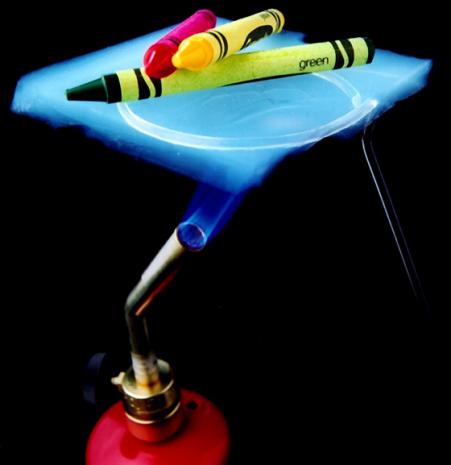
Breaking News
 James O'Keefe: My entire speech at AmericaFest 2025. We're not stopping. Join us to expose..
James O'Keefe: My entire speech at AmericaFest 2025. We're not stopping. Join us to expose..
 U.S. vs. Chinese Military Comparison – Focus on Asia-Taiwan Scenario
U.S. vs. Chinese Military Comparison – Focus on Asia-Taiwan Scenario
 DoJ Sues Four More States for Failing To Produce Voter-roll Data
DoJ Sues Four More States for Failing To Produce Voter-roll Data
 World's Largest Aviation Giant Abandons Google Over Security Concerns
World's Largest Aviation Giant Abandons Google Over Security Concerns
Top Tech News
 Perfect Aircrete, Kitchen Ingredients.
Perfect Aircrete, Kitchen Ingredients.
 Futuristic pixel-raising display lets you feel what's onscreen
Futuristic pixel-raising display lets you feel what's onscreen
 Cutting-Edge Facility Generates Pure Water and Hydrogen Fuel from Seawater for Mere Pennies
Cutting-Edge Facility Generates Pure Water and Hydrogen Fuel from Seawater for Mere Pennies
 This tiny dev board is packed with features for ambitious makers
This tiny dev board is packed with features for ambitious makers
 Scientists Discover Gel to Regrow Tooth Enamel
Scientists Discover Gel to Regrow Tooth Enamel
 Vitamin C and Dandelion Root Killing Cancer Cells -- as Former CDC Director Calls for COVID-19...
Vitamin C and Dandelion Root Killing Cancer Cells -- as Former CDC Director Calls for COVID-19...
 Galactic Brain: US firm plans space-based data centers, power grid to challenge China
Galactic Brain: US firm plans space-based data centers, power grid to challenge China
 A microbial cleanup for glyphosate just earned a patent. Here's why that matters
A microbial cleanup for glyphosate just earned a patent. Here's why that matters
 Japan Breaks Internet Speed Record with 5 Million Times Faster Data Transfer
Japan Breaks Internet Speed Record with 5 Million Times Faster Data Transfer
CLOTHING INSULATED WITH AEROGEL PROMISES TO KEEP OUT THE MOST DIRE COLD

Aerogel is the material of the future— if you can make it work for you. The substance, a foam made of mostly air and either silica or carbon, is great for insulating, but it's traditionally been brittle and difficult to work with.
Lots of companies like The North Face and Champion can (and have tried to) use aerogel, but Oros (formerly called Lukla) is betting these larger companies think it's too much of a hassle to produce. The most famous example of this is Champion's 2010 summit of Mt. Everest, when they outfitted a Canadian mountaineer with a jacket seemingly as thin as a windbreaker to deal with extreme cold. The jacket never went into production, as they claimed it to be exorbitantly expensive.
Oros claims to have found a better way to produce aerogel, which insulates just as well as its more brittle counterparts, but is much easier to work with and doesn't rub off on the skin. Formerly, the substance needed to be contained within some kind of plastic or impermeable sealant to be used in clothing. Oros' flavor, called SolarCore Aerogel, does not.
Aerogel is 99 percent air, as the name implies. Our air's great ability to insulate does most of the work. NASA actually invented aerogel, and has been using it to insulate things like Mars rovers.
But Oros is putting this technology into jackets, gloves, and hats. By lining certain parts of the apparel with their flexible aerogel, which only absorbs a minute amount of heat, the clothing is able to better retain the heat made by the body. It's the dream of every winter clothing manufacturer— near-perfect heat retention.

 Advanced Propulsion Resources Part 1 of 2
Advanced Propulsion Resources Part 1 of 2

